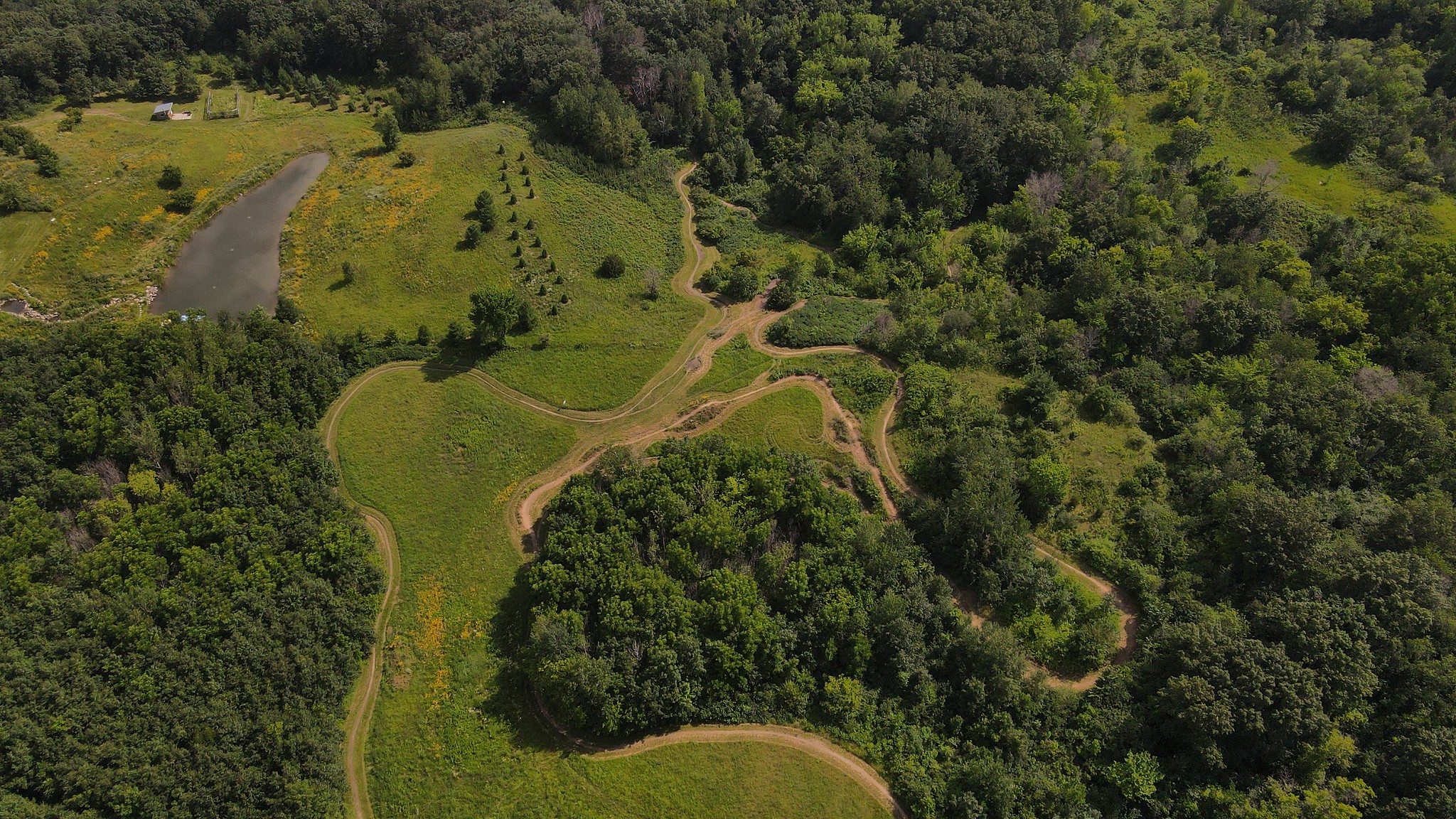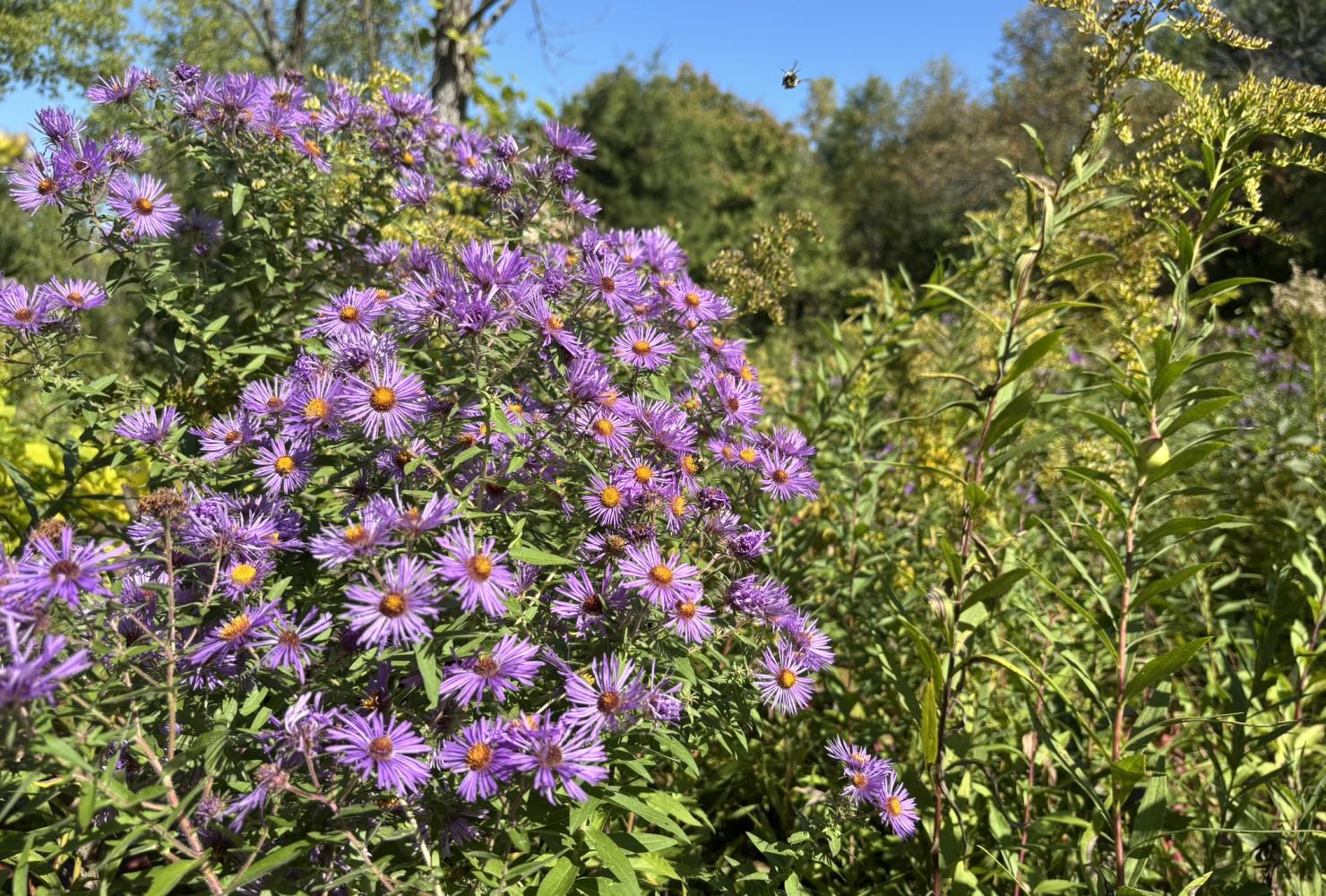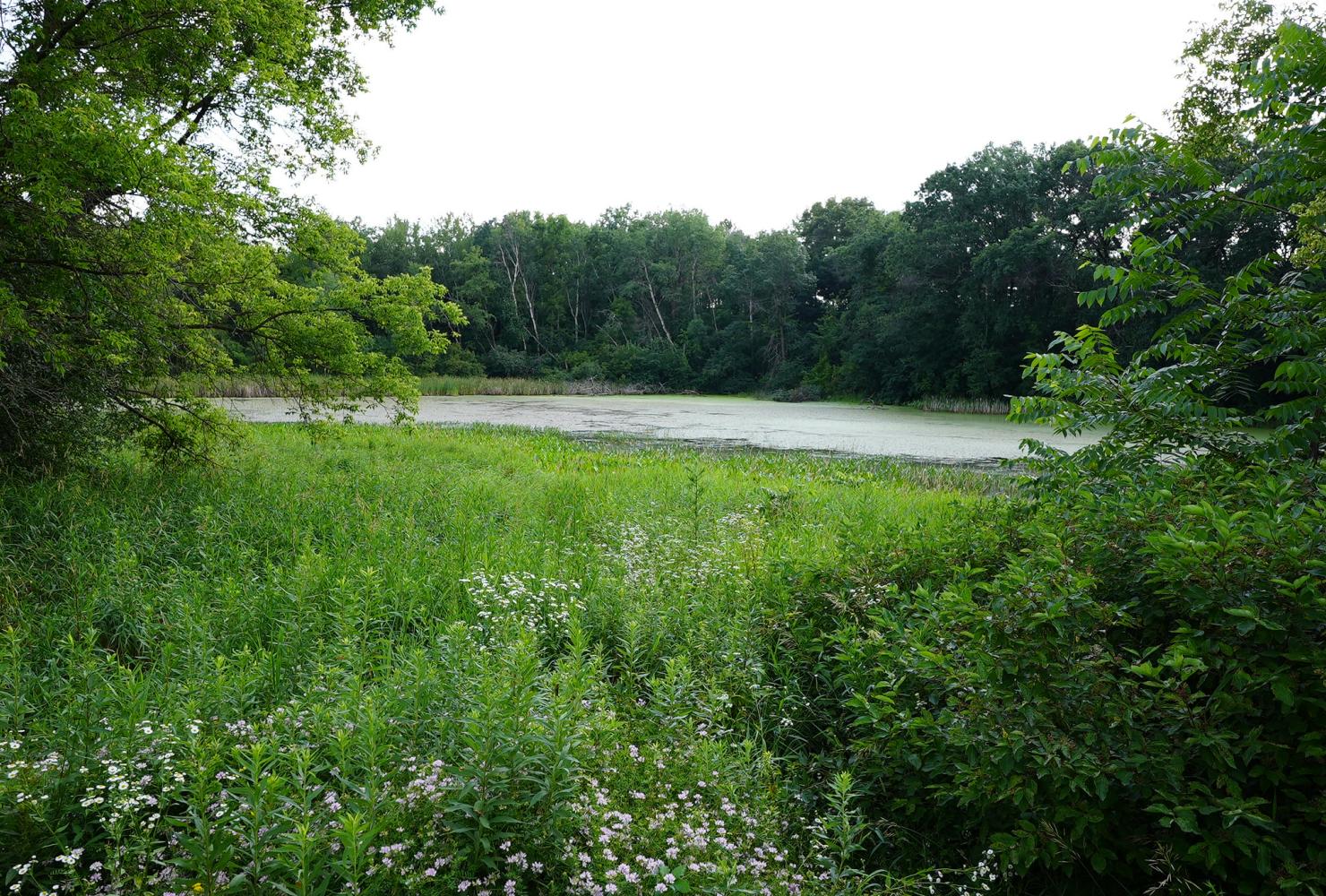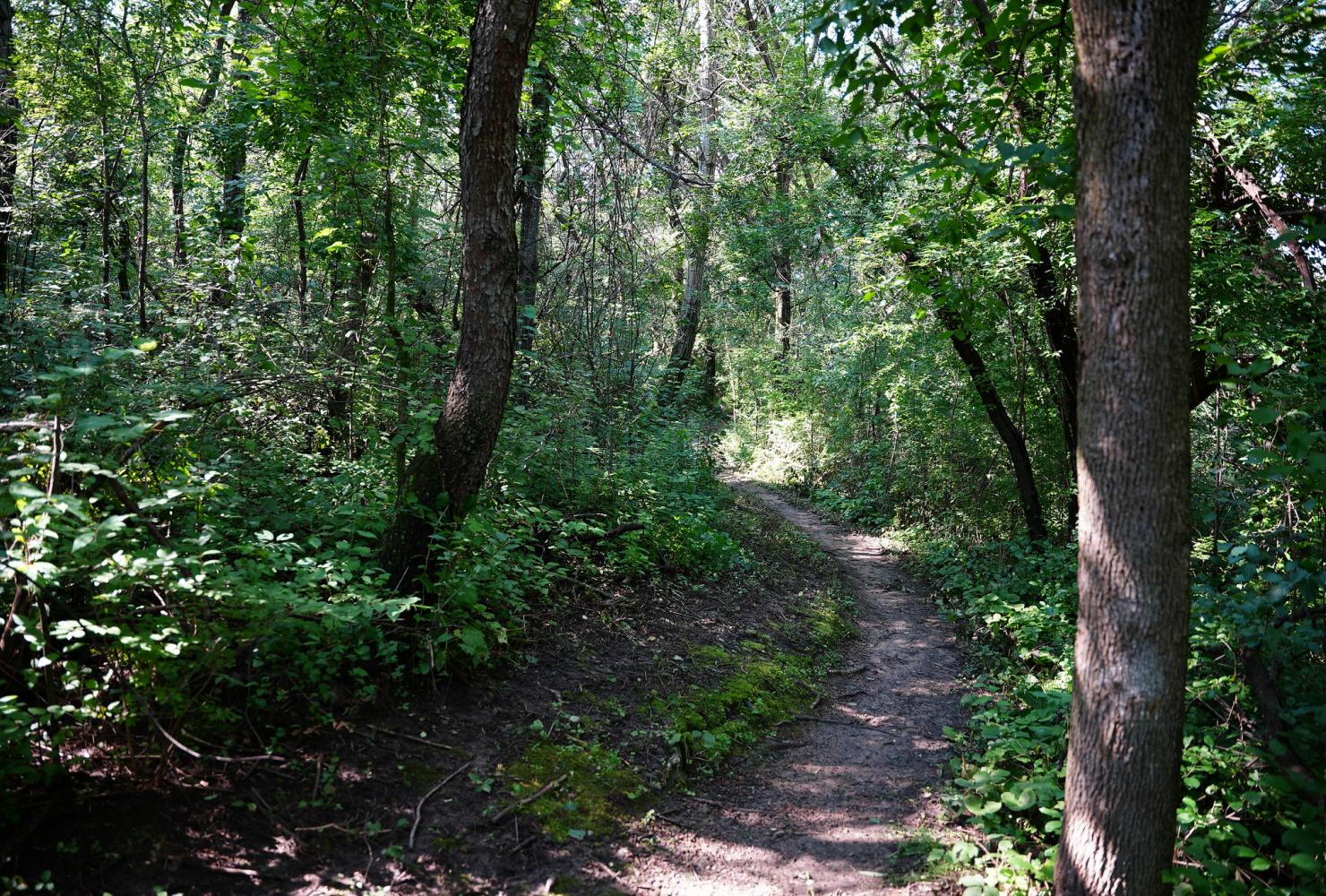Harmon Park Reserve and Salem Hills Park

Four miles of trails wind through this pair of Inver Grove Heights parks that feature cropland turned prairie, acres of restored savanna, towering oak, maple and basswood trees and a pond that draws wildlife to its waters.
Where are Harmon Park Reserve and Salem Hills Park?
Harmon Park Reserve and Salem Hills Park are adjacent parks that comprise a total of 88 acres owned by the City of Inver Grove Heights. Land for the Harmon Park Reserve was donated with the intention of protecting it from development. Salem Hills Park is a city park that includes several recreational amenities in addition to abundant natural areas.
Our restoration work at Harmon Park Reserve and Salem Hills Park contributes to habitat restoration efforts across the City of Inver Grove Heights, including FMR projects at Seidl's Lake Park, Heritage Village Park, River Heights Park and Rock Island Swing Bridge Park.
The public is welcome to visit. (See the Inver Grove Heights website for more info about Harmon Park Reserve and Salem Hills Park.)
Our work here takes place on Dakota homelands.
What's special about Harmon Park Reserve and Salem Hills Park?
Harmon Park Reserve and Salem Hills Park feature a diverse array of habitat types, including woodland, savanna, prairie and wetland. Visitors can explore the parks on foot or by bike over four miles of winding natural surface trails. These sites attract bird watchers and mountain bikers alike, and the north half of Salem Hills Park contains park amenities such as tennis and basketball courts, a playground and a community garden.
The north and west sides of Salem Hills Park feature restored savanna, one of the rarest habitat types in Minnesota. Restoring savanna habitat is a priority for FMR as it supports many wildlife species, from imperiled birds to insect pollinators and more. In the fall, abundant New England aster brings the savanna alive with bright purple blooms.
A 6.5-acre prairie stretches through the middle of the connected parks. The open grasslands are a great place to spot butterflies and birds while enjoying an array of colorful wildflower blooms throughout the growing season.
The pond on the Western edge of the park is a wildlife magnet. This is a great place to see waterfowl and turtles sunning on logs. Towering oak, maple and basswood trees fill the serene woodlands on the park's southern end.
Our work at Harmon Park Reserve and Salem Hills Park
The City of Inver Grove Heights has stewarded Harmon Park Reserve and Salem Hills Park for many years. FMR wrote a combined comprehensive natural resources management plan for the parks in 2024, and the plan is being used to direct funding from Dakota County's City-County Conservation Collaborative program, with FMR overseeing restoration implementation.
The focus of our work at these sites is restoring native plant communities for the benefit of wildlife and water quality. Primary woodland and savanna restoration activities include managing invasive woody plant species, including common buckthorn and honeysuckle, to allow for the restoration of diverse native understory plants.
The central 6.5-acre prairie was originally restored from cropland in 2003, but lacked diversity and had abundant invasive species. FMR’s enhancement efforts utilize mowing, prescribed fire and overseeding to remove invasive plants and enhance the diversity of blooming wildflowers throughout the growing season, providing critical resources for pollinators and other wildlife.
Visitors to the park have a front-row seat to see restoration in action. The restoration of these unique natural areas will enhance wildlife habitat while continuing to foster engaging recreational opportunities for the community.
Find out more and get involved
- Volunteer with us to restore places like this.
- Contact FMR project lead Logan Olson.
Partners and funders for our work at Harmon Park Reserve
This work was made possible by the City of Inver Grove Heights, the Dakota County City-County Conservation Collaborative, the Lessard-Sams Outdoor Heritage Council and by our generous volunteers and donors like you!
Where we work
FMR maintains over three dozen habitat restoration and land protection sites in the metro area.



